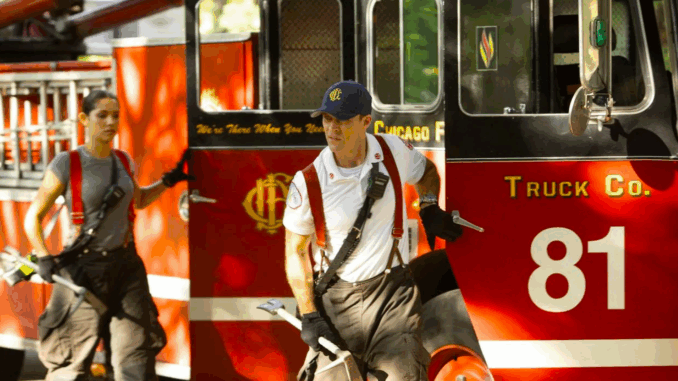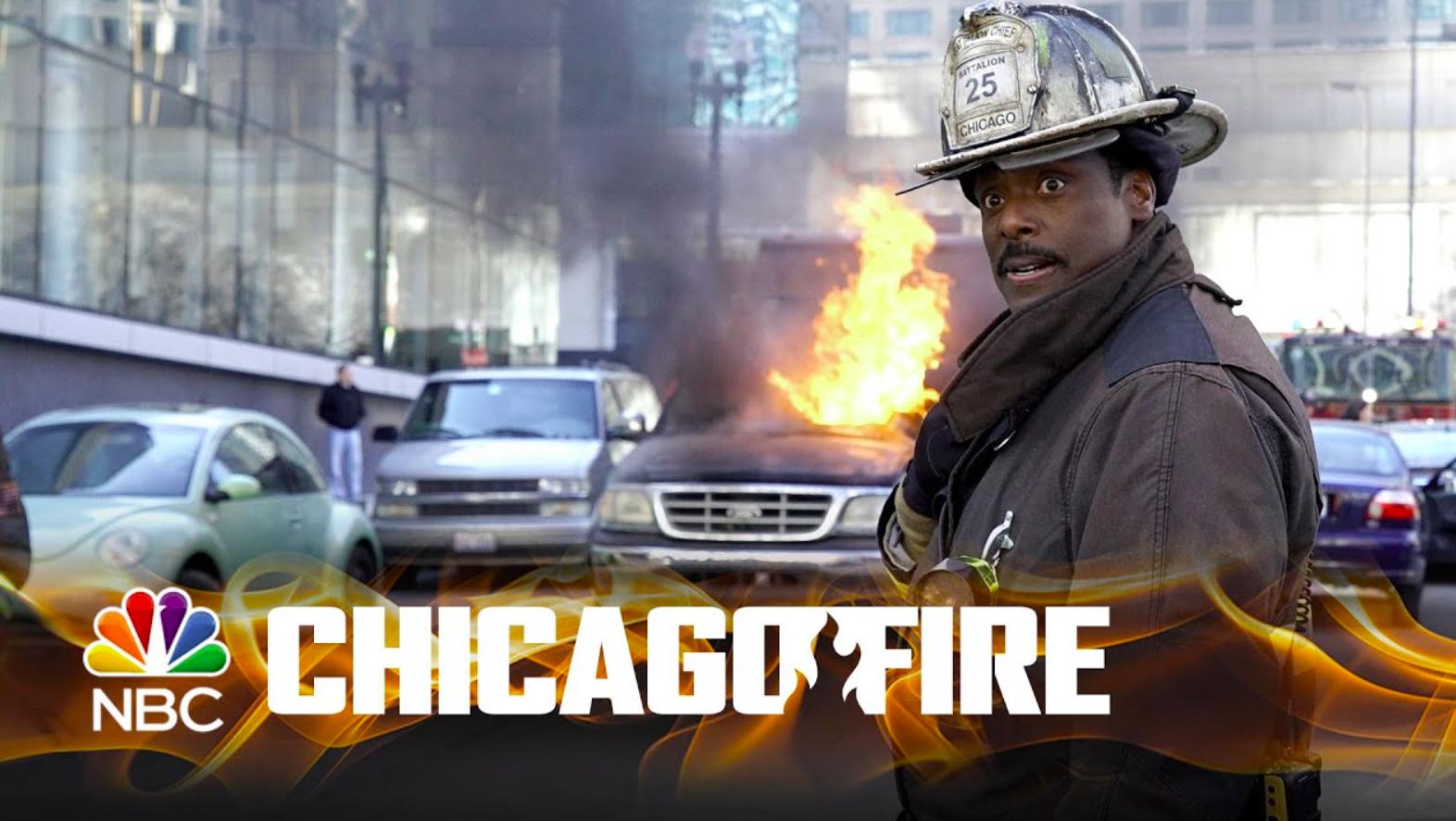
The Calm Before the Storm
In a city as fast-paced as Chicago, emergencies strike without warning — but few calls hit harder than the train collision that paralyzed the city’s south side. It started like any other typical call: an accident on the tracks. However, when Firehouse 51 arrived at the scene, it was clear that this was no ordinary crash.
Two trains had collided head-on, creating a massive debris field of twisted metal and broken glass. Smoke rose from the wreckage as survivors scattered, trying to find a way out of the mess. The crash had caused a deadly domino effect, knocking out power in the entire area. The scene was chaotic, but the one thing that kept the team grounded was the immediate realization — they were the first responders to the worst train disaster in Chicago’s history.
A Race Against Time
Severide and Casey immediately set the tone. Their plan was simple: rescue as many as they could from the wreckage while preventing further casualties. But with flames already licking at the twisted remains of the trains and power lines sparking dangerously nearby, there was no time to waste.
The rescue team worked like a well-oiled machine, communicating with precision under extreme pressure. Severide was the first to dive into the wreckage, his body a blur as he pulled victims out of the mangled cars, while Casey and Dawson worked with their team to stabilize survivors.
Meanwhile, Boden stood at the edge of the disaster, coordinating with paramedics and police as they established a safe zone. The situation was getting more volatile by the second — if another train was to come barreling down the track, it would spell disaster for anyone still trapped.
Heart-Stopping Moments

As the team continued to pull survivors out, the heat became unbearable. With every second that passed, the risk of further explosions or structural collapse increased. But there was no hesitation in the team’s movements. They knew they were working on borrowed time.
One particularly heart-stopping moment came when Cruz and Kidd reached a collapsed section of the train car, where a woman had been trapped beneath the debris. They worked frantically to lift the rubble, sweat pouring down their faces, as they heard the woman’s desperate cries for help. The intense heat from the burning wreckage made the rescue even more harrowing.
But despite the odds, Cruz and Kidd managed to free the woman, and as they pulled her to safety, the team’s collective breath caught in their throats. It was a moment that reminded them of the stakes — and the preciousness of each life they saved.
The Narrow Escape
As the last of the survivors were carried to safety, a terrifying new challenge emerged. A second train, unaware of the wreck, was speeding down the tracks toward them. The team had only moments to react.
Boden made the call. “Everyone, get out of the danger zone, now!” The firefighters scrambled, racing to get to the safe zone. A few of them didn’t make it in time, barely dodging the oncoming train as it thundered past them, a stark reminder of the risks they faced.
For a few minutes, the station was silent. The team had survived — but not without cost. The collision was devastating, and the wounds it left would take time to heal.
Reflection and Recovery
In the days following the incident, Firehouse 51 took stock of the wreckage — not just the physical damage, but the emotional toll of the rescue. The team had witnessed horrors that few could imagine, but they had also done what they do best: they had saved lives.
Boden stood in the quiet aftermath, staring at the wreckage. “This is why we do it,” he muttered under his breath. “To save as many as we can, no matter the cost.”
The survivors they had saved from the wreckage would never forget that night — and neither would the crew of Firehouse 51. The crash had tested their limits, but they emerged stronger, united by the bond forged in the heat of the worst disaster they’d ever faced.
